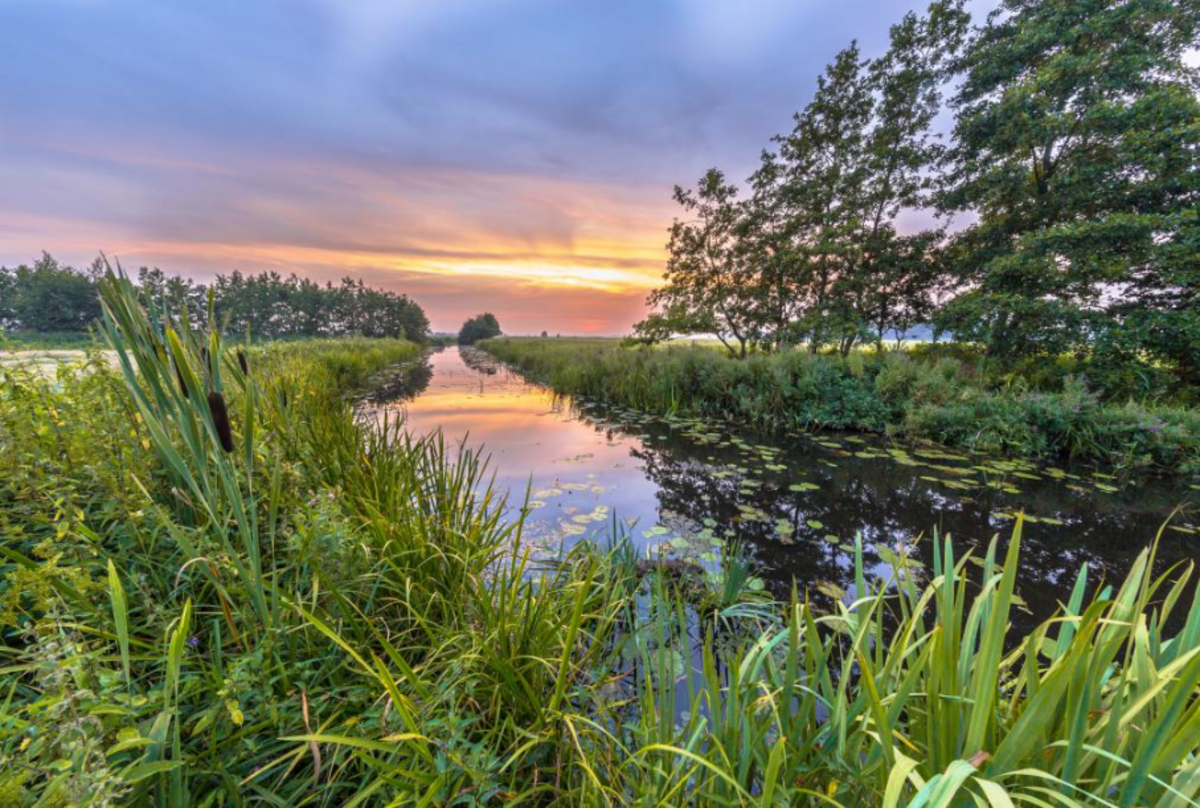Article in Nature Communications: Just ten percent of the global terrestrial protected area network is structurally connected via intact land
The authors praise the tendency of designating more and more areas as conservation territories, which now cover 15 % of the Earth’s land surface.
However, ensuring that wildlife can move freely from one protected area to another is a neglected aspect in safeguarding efforts. This is the first study to quantify the scale of the problem.
Europe, with its high population density and well-developed infrastructure, has the lowest connectivity of all continents, despite ambitious conservation efforts.
The study highlights the drawbacks that such detachment can create, and the data can be useful for EU policymakers working on expanding the Natura 2000 programme.
“Our study shows that protected areas are suffocating because of their isolation,” Grégoire Dubois, co-author from the JRC, said.
“The new EU biodiversity strategy for 2030 is therefore making the commitment to further increase its network of protected areas to cover 30% Europe’s lands and seas and to strengthen their management effectiveness and connectivity.”
Countries should also take the importance of green corridors into consideration when drawing up development policy, the authors urge.
No protected area is an island
With climate change, species must contend with increasingly harsh conditions. One way that they can adapt is by moving to environs with a microclimate that resembles the circumstances in which they evolved.
However, if they are cut off from such areas by the bustle of human activity, a major mechanism of ecosystem resilience is lost.
Artificial barriers such as land razed for agriculture, mines created for the extraction of resources, or inhabited settlements all make protected areas less connected.
Moreover, many species rely on seasonal migration, which can be disturbed by tightly confined habitats. The consideration that isolated protected areas could hamper animals’ attempts to flee fires or other disasters should also not be forgotten.
This led to the realisation that conservation strategies should not exclusively target an increase in the area meant to be safeguarded, but should also allow for the establishment of green corridors.
Need for greater connectivity
The EU biodiversity strategy for 2030, which was adopted this year, sets forth an increase in the EU’s protected areas so that they cover at least 30 % of the continent’s land and oceans, and are connected by green infrastructure.
The 2011-2020 Strategic Plan for Biodiversity signed at the Convention for Biological Diversity, under the aegis of the UN Environment Programme, first highlighted the need for connectivity.
Still, there has been a lack of data on the extent to which connectivity exists. The new study helps fill this gap.
The authors turned to the human footprint dataset, a fine-scale map that shows agricultural lands, roads, railways, human population density, built environments, night-time lights, and navigable waterways.
They then used two criteria to assess the success of preservation policies. They checked whether or not protected areas covered more than 17 % of a given territory – the threshold set by the biodiversity convention – and assessed whether estimated connectivity surpassed 50 %.
No more than nine countries and territories met both criteria. These are: Greenland, Svalbard & Jan Mayen, French Guiana, Brunei, Peru, Brazil, the Bahamas, Sao Tome & Principe, and Martinique.
In Europe, Sweden and Finland do best, although their performance should be seen in light of the general poor connectivity of the continent.
Connectivity is best in Oceania (16.7 %), followed by the Americas (14.8 %), while Asia (3.3 %), Africa (0.4 %) and Europe (0.3 %) produce much lower figures.
While the sometimes poor quality of satellite images could mean that minor corridors such as ecological bridges over highways could be missed, the results should still serve as a wake-up call.
This study provides the data that can underpin the EU’s biodiversity strategy. “The positive side is that our study provides a common framework - previously absent - for countries and territories to assess the connectivity performance of their existing and future protected areas, with the advantage of using available information and metrics”, Michelle Ward of the University of Queensland’s School of Earth and Environmental Studies, lead author of the study said.
